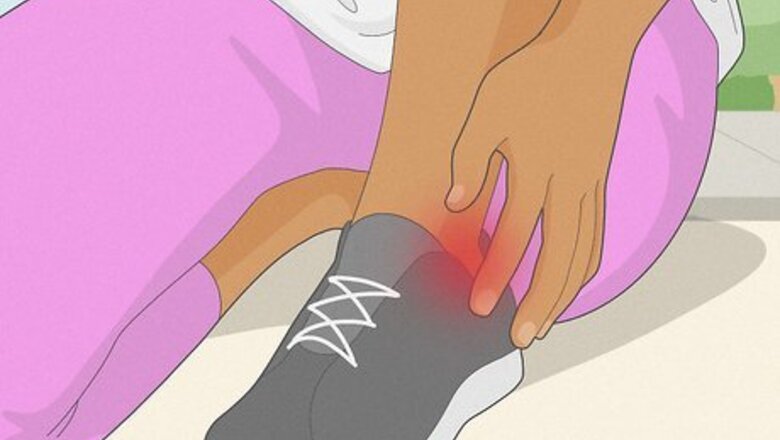
views
X
Trustworthy Source
PubMed Central
Journal archive from the U.S. National Institutes of Health
Go to source
You can break a toe if you kick something, you can break your heel if you jump from a certain height and land on your feet, and you can also break other bones when you twist or sprain your foot. Children tend to break bones more often than adults, but their feet are often more flexible than adult feet, and they tend to bounce back more quickly from a broken foot.
Recognizing the Symptoms of a Broken Foot
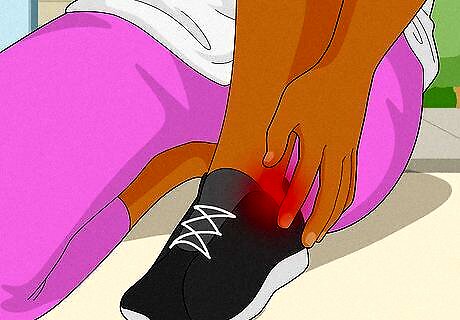
Note if it is too painful to walk on your foot. The major symptom of a broken foot is overwhelming pain when you try to put any pressure at all on your foot or walk on your foot. If you have a broken toe, you can usually still walk and not be in too much pain. A broken foot will be overwhelmingly painful to walk on. Boots will often mask the pain of a break by providing a degree of support; removing them after a suspected fracture is the best way to diagnose the injury.

Try to take your socks and shoes off. This will help you determine if your foot is broken, as you can compare your two feet side by side. If you cannot get your shoes and socks off, even with the assistance of someone else, you should go to the nearest emergency room or call 911. Your foot is likely broken and requires immediate medical care. Cut the boot and sock off before swelling damages the foot. Typically, if you break your foot, some type of trauma goes along with that. For instance, you might have smashed it or stubbed your toe. However, a stress fracture is caused by a repetitive action like playing sports or even walking.

Compare your feet and look for signs of bruising, swelling, and injury. Check if your injured foot is swollen, as well as the toes on that foot. You can also compare your injured foot with your healthy one to see if it appears very red and inflamed or has deep purple and green bruising. You may also notice open wounds on your injured foot. If you have a significant break, broken blood vessels will cause bruising around the area. Swelling is normal for most injuries. However, if you have a severe fracture, the swelling might be so bad that it leads to blisters on your skin because the fluid doesn't have anywhere to go.
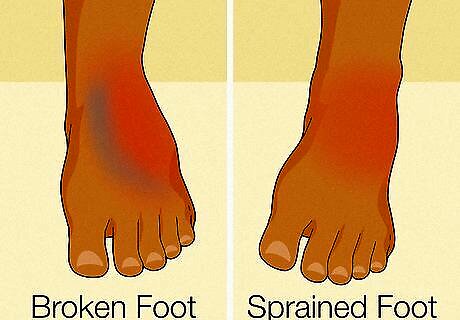
Check if the foot is broken or just sprained. You can also try to determine if the foot is sprained or broken. Sprains occur when you stretch or tear a ligament, which is the tissue that connects 2 bones together. Breaks are a fracture or complete break of the bone. If you see any bones sticking out through the skin, you have an open fracture. Seek emergency medical care immediately.
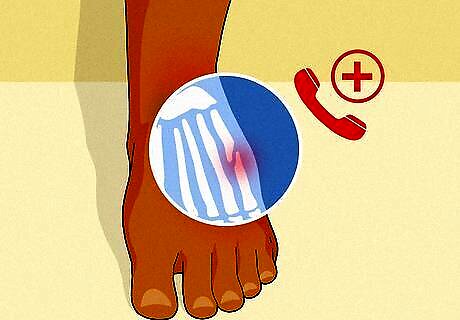
Head to the nearest emergency room. If your injured foot appears broken, go to the nearest emergency room. If you are alone and no one can assist you, call 911. Do not drive yourself to the emergency room if you have a broken foot. Any broken bone can cause shock, which makes it too dangerous for you to drive yourself. If someone can drive you to the emergency room, you should try to stabilize your foot so it is secure while in the car and does not move around. Use a pillow and slide it under your foot. Secure it with tape or tie it to your foot so it helps your foot to stay upright. Try to keep your foot elevated as you travel; sit in the back seat to elevate your foot if you can.
Getting the Foot Treated by a Doctor
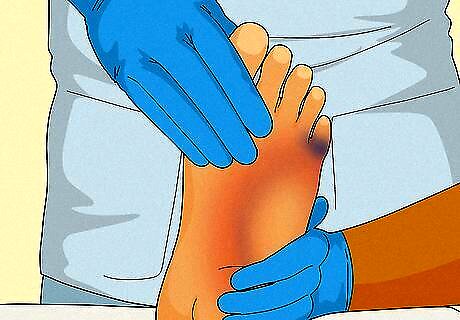
Let the doctor examine your foot. The doctor will press on several areas of your foot to determine if your foot is broken. You may feel some pain as she does this, which is an indicator that the foot is broken. If your foot is broken, you may feel pain when the doctor presses on the base of your baby toe and at the mid-foot. You may also be unable to take 4 or fewer steps without assistance or significant pain.

Allow the doctor to X-ray your foot. If the doctor suspects you have broken bones in your foot, she will do an X-ray on your foot. However, even with an X-ray, it can be difficult to determine if your foot is broken, as swelling can obscure the fine bones in the foot. Using an X-ray, the doctor may be able to identify which bones in your foot are broken and how they can be treated.
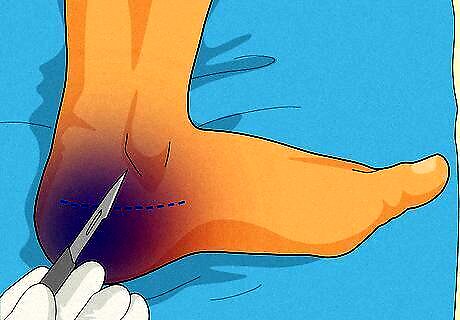
Ask the doctor about your treatment options. The treatment options for your broken foot will depend on what bones you have broken in your foot. If you have broken your heel or fractured your heel, you may require surgery. If you have broken your talus (the bone that attaches your foot to your leg), you may need surgery. But if you fractured your little toe or other toes, you likely do not require surgery.
Caring for the Foot at Home
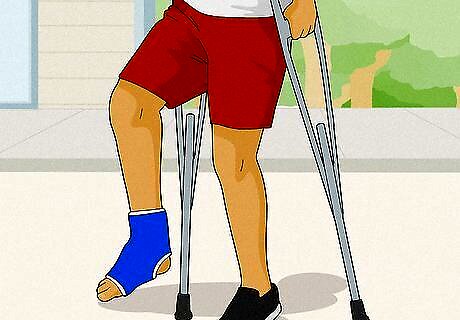
Stay off your foot as much as possible and rest. Once a doctor treats your broken foot, you should focus on staying off your foot as much as you can. Use crutches to get around and make sure you put your full weight on your arms, hands, shoulders, and the crutches, not on your foot. If you have a broken toe or toes, your broken toe may be taped to its neighboring toe to keep it from moving. You should put no weight on your broken toe and give it six to eight weeks to heal fully.

Elevate your foot and apply ice to reduce swelling. Put your foot on a cushion in bed or a high chair when sitting so it is higher than the rest of your body. This will help to keep the swelling down. Icing your foot can also reduce swelling, especially if it is in bandages, not a cast. Apply the ice for 10 minutes at a time, reapplying every hour for the first 10 to 12 hours of the injury.
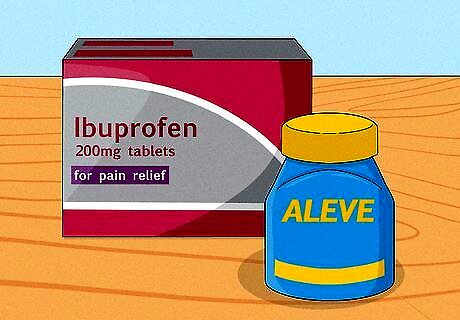
Take pain relievers as prescribed by your doctor. Your doctor should give you pain relievers or recommend over-the-counter pain relievers you can use to help manage the pain. Only take them as prescribed by your doctor or as specified on the label.
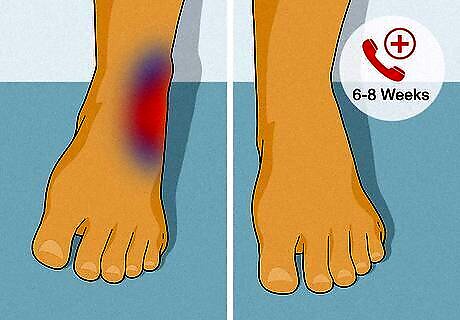
Schedule a follow-up exam with your doctor. Most foot fractures take 6 to 8 weeks to heal. You should schedule a follow-up exam with your doctor once you are able to start walking and putting weight on your foot. Your doctor may recommend you use a rigid and flat-bottomed shoe to help your foot heal properly.


















Comments
0 comment